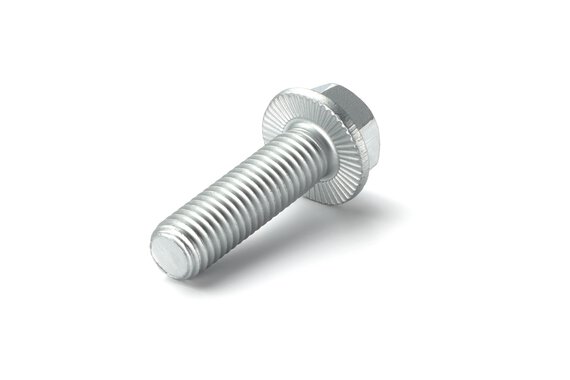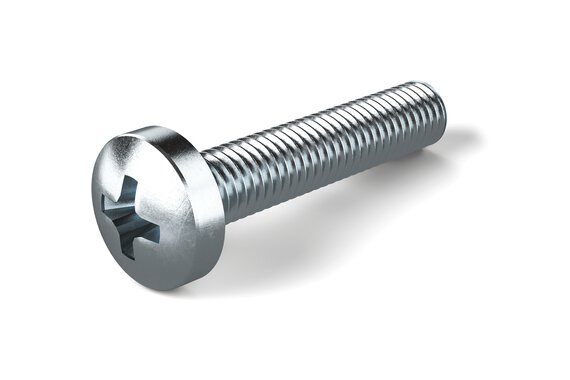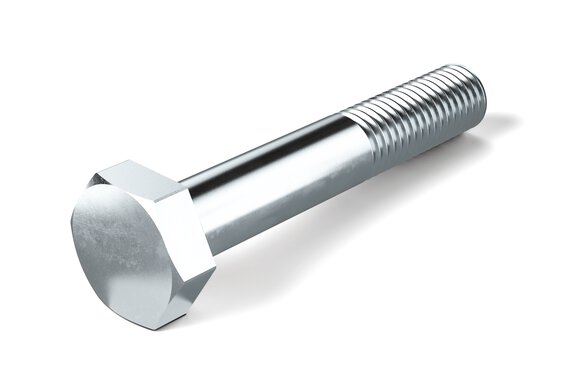The screws create their own thread when installed in an existing pilot hole. The mounting surface material must be softer than the screw material. Advance thread cutting can be dispensed with, resulting in cost advantages in many cases. At the same time, the lack of backlash in the connection achieves a locking action.
Standards
- DIN 7500 C
- DIN 7500 D
- DIN 7500 E
- DIN 7500 M






